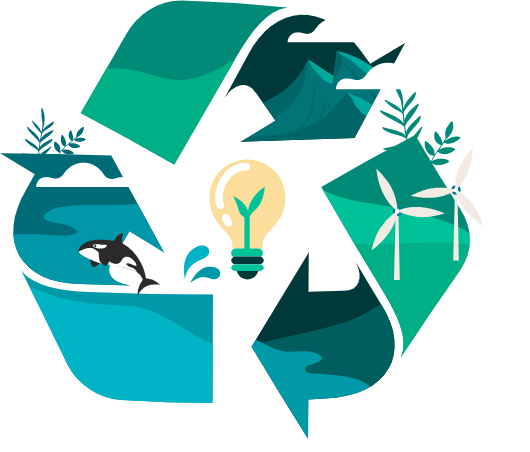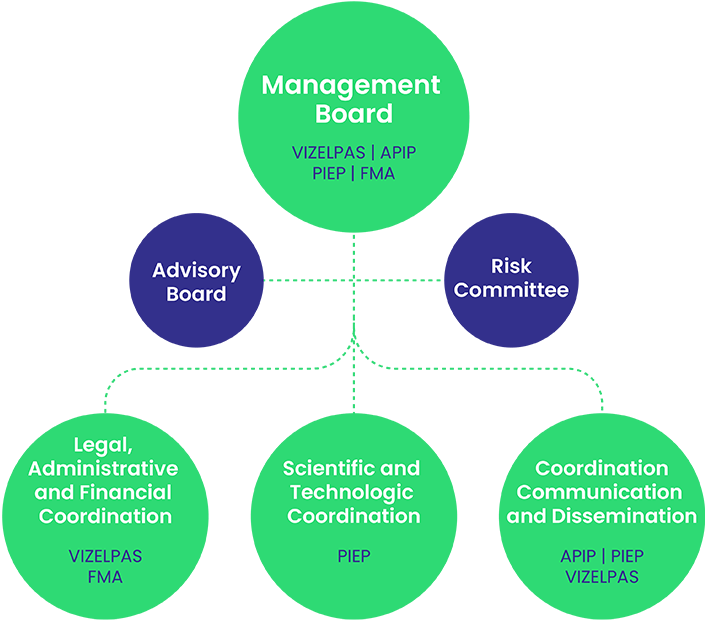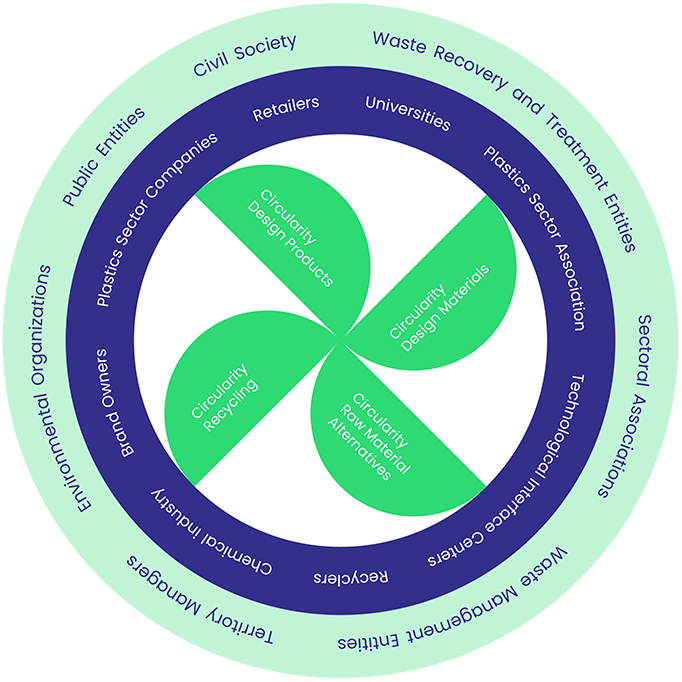Plastics in a circular economy
Commitment to nature
Context
Mobilising Programs are strategic R&D projects
They aim to create new products, processes or services with high technological and innovative content, which contribute to their value chain and can act as focal points for scientific and technological capacities and competences, inducing significant impacts across multiple sectors, namely by allowing for the endogenization and exploitation of the developed technologies.
Due to their cross-cutting nature and the scope of the skills involved, Mobilising projects must be broken down into subprojects that together contribute to the achievement of a global objective. These subprojects should bring together different complementary capacities and be structured around concrete, coherent and complementary objectives, which aim to create new products, processes or services (PPS), or introduce significant improvements to existing PPS.
Source: ANI


Presentation
The BETTER PLASTICS project aims to be the Mobilising Project for the Plastics Sector in Portugal
and to leverage the sector's transition to a circular economy.
The BETTER PLASTICS Project aims to ensure the sustainability of the new value chain of the plastics sector in Portugal, through the creation of an Innovation and Research & Development strategy, aimed at the development of new materials, products, processes, systems, technologies and services, which respond to current and future challenges and ensure the circularity of Plastics in Portugal.
Coordination
and Management

Organization

Strategic Objectives
SO 1
Increase the circularity and efficiency of plastic resources within the framework of the European strategy for plastics, towards an increasingly circular economy.
SO 2
Design and develop materials with improved separation and recycling properties.
SO 3
Conceive and develop products that encourage reuse.
SO 4
Designing and producing plastics and plastic products in line with reuse, repair and recycling needs.
SO 5
Use plastic waste as a resource at the end of product life, to close the cycle.
SO 6
Develop replacement solutions that extend the life of plastic items.
SO 7
Innovate in advanced recycling technologies to increase the recovered value of plastic waste.
SO 8
Incorporate alternative feedstocks into plastics production – feedstocks that contain waste or by-products from other sectors and processes, such as biological feedstock from the agricultural industry, carbon-based feedstock from the chemical industry, and chemical and secondary plastics from the plastic industry.
SO 9
Define life cycle assessment actions in order to identify the conditions in which the use of biodegradable or compostable plastics is beneficial and what are the criteria for these applications.

 Português
Português